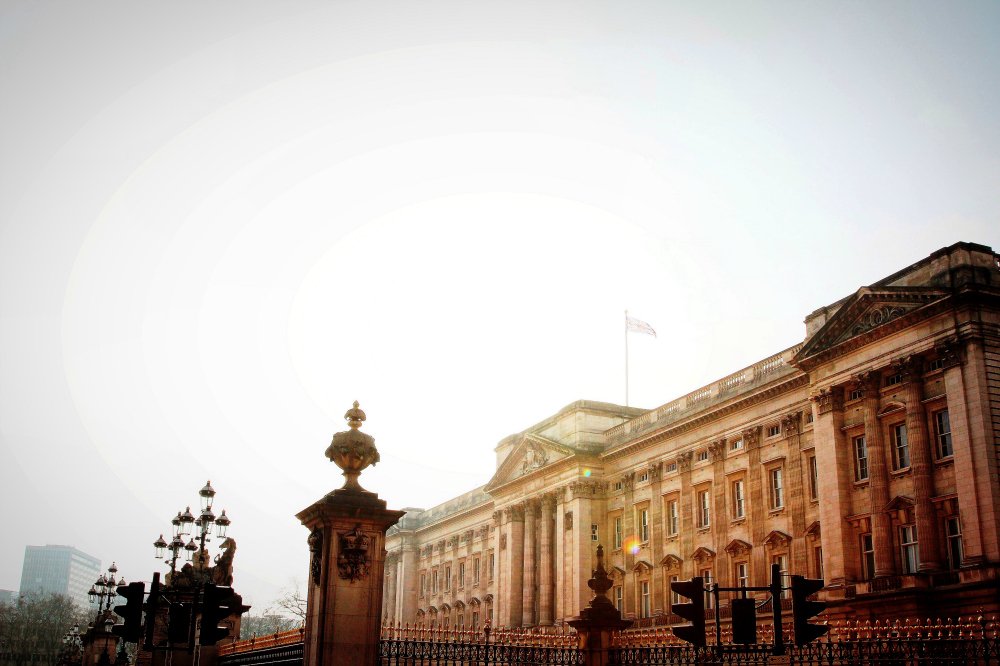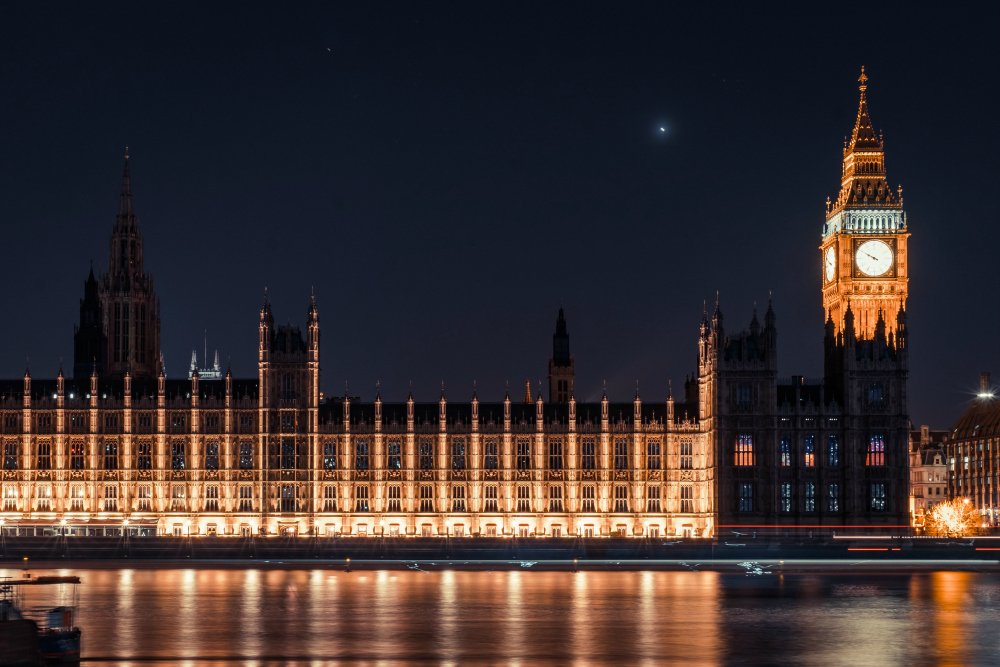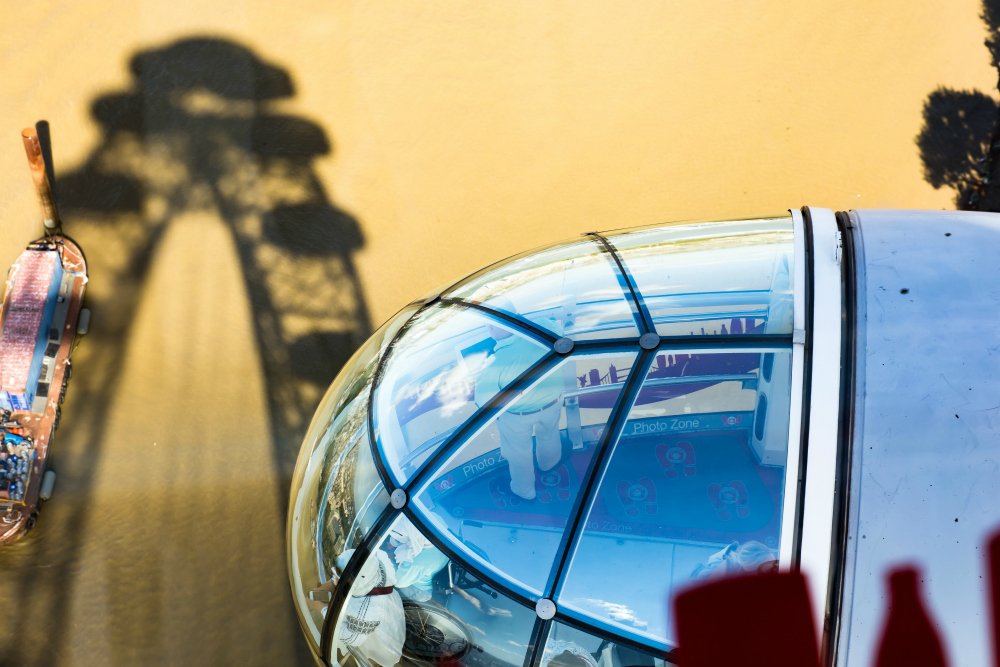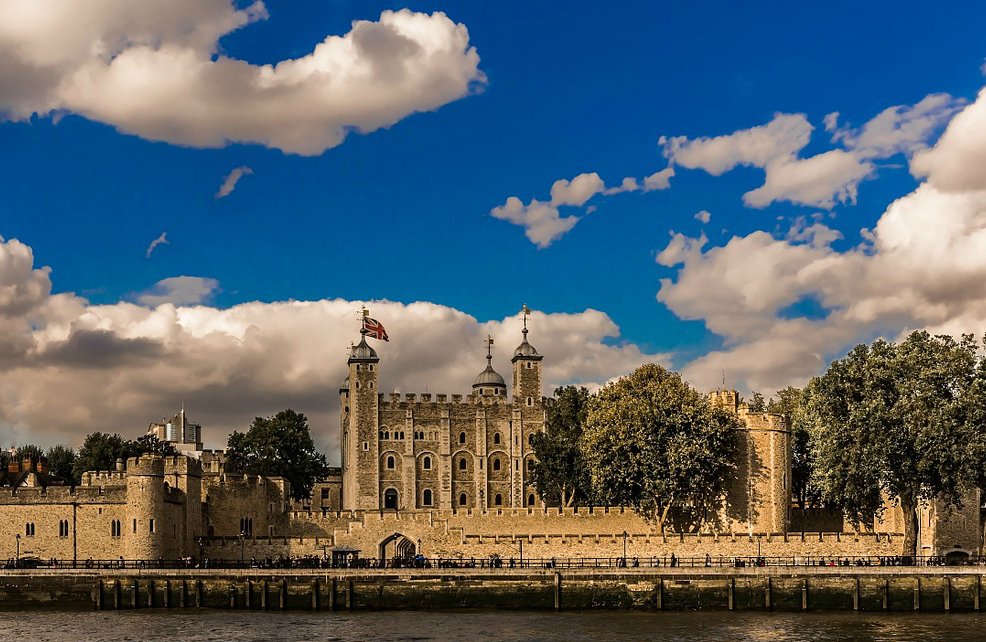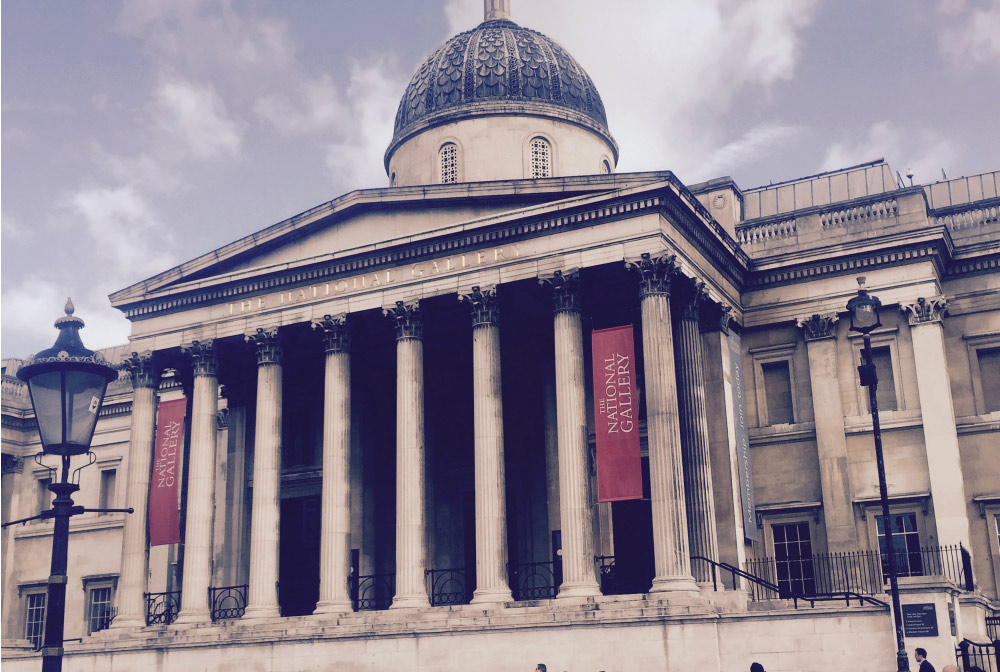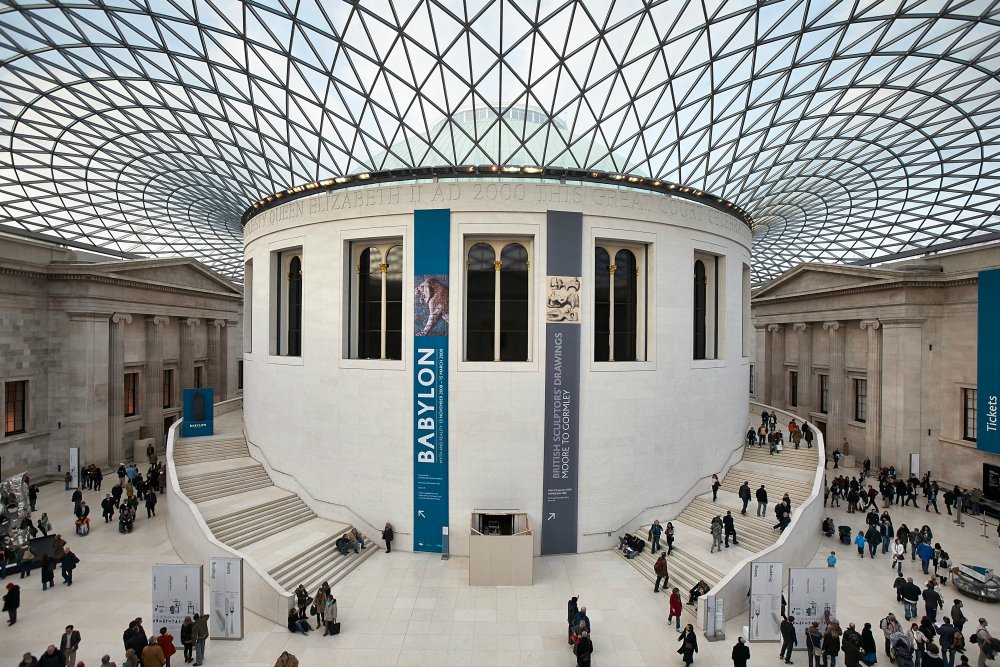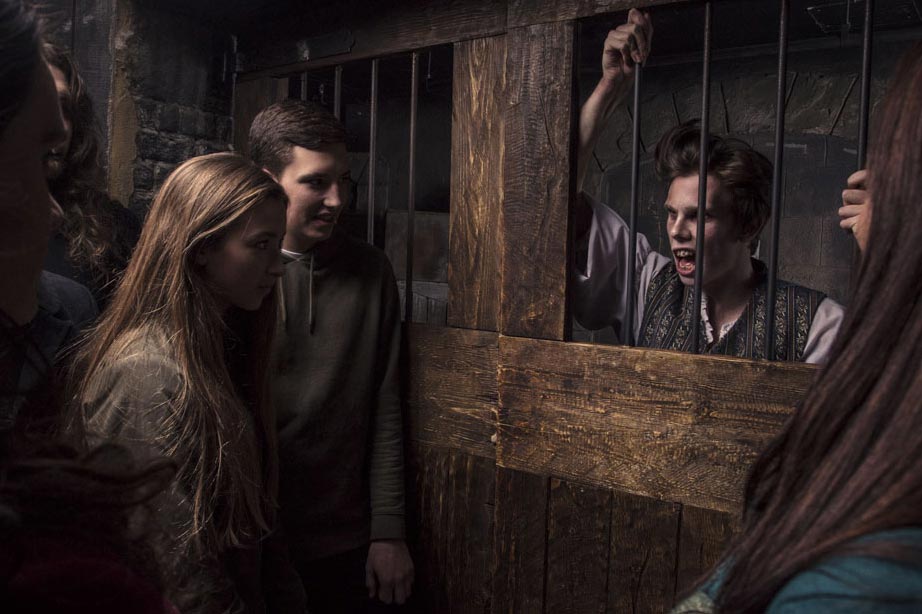A travel guide to
London.
Known for
Red buses, the Shard, food markets, Big Ben, the London Underground…
This is London.
London is a city known around the world for its famous landmarks, rich history and wide variety of things to do. You could live in London for years and still keep discovering new sights and experiences. Which is why we’ve put together the ultimate London travel guide.
Our guide includes what the weather’s like, how to use the London Underground and the best things to do in London.
Looking for something in particular? Use the quick-links below to jump to the exact section.
The London Underground aka “The Tube”
The London Underground is London’s public transport network that includes underground and overground lines run by Transport of London. (TfL) The Tube is extensive and is a quick way to get around the city.
Londoners and tourists alike are in love with the Underground, especially the London Underground map. The Tube Map is a beloved design icon that you can find printed on just about anything, from bags to shower curtains.
Tube Map
The map of the TfL services is called the Tube Map and includes the Underground, Overground, DLR (Docklands Light Railway), TfL Rail and London Trams. There is also a rail version of the Tube Map that includes all of these plus the National Railway routes.
To see the official TfL London Underground map and plan a journey in London, download the Tube Map app for free.
How to use the London Underground
The Tube Map looks really complicated at first glance and planning a journey can be tricky. We recommend using the Tube Map app to plan your route and know which easily find the best tube train to take.
On Fridays and Saturdays there is also the Night Tube which is a 24-hour service run on a limited number of lines. For the rest of the week the Tube trains stop at about 00:30 but on Fridays and Saturdays some services will continue through the night.
For more information on the Night Tube read our blog about it. You can also check the Night Tube Map (available in the app under the “Night” tab) and use the app’s “night service” setting to plan journeys at night.
Did you know? About 55% of the London Underground is actually above ground.
How to buy tickets for the Underground
If you have a contactless card, Apple Pay or Android Pay you don’t even have to buy a ticket before travelling. You can tap your card or mobile device to the Oyster card reader and go through the barriers. You will be charged an adult’s pay as you go fare with the included benefit of daily and weekly capping (as long as you use the same card/ device every time).
For more information visit the TfL fares and payments page.
Other ways to pay for the Underground & using an Oyster card
The Oyster card is one of the easiest ways to pay for transport in London. You can buy one from the ticket machines at any Tube, Overground or TfL Rail station. They’re also available from Visitor Centres and can be ordered online if you live in the UK.
To use an Oyster card, touch it against the yellow pads on the barriers to “tap in”. A green “enter” will appear and the barrier will open for you.
You can also buy a range of paper tickets from ticket machines including 1 Day, 7 Day, 1 to 6 month and annual Travel cards. To use a paper ticket, slide it in to the slot at the front of the barrier, face up. The barrier will say “enter” and let you through.
Accessibility on the Tube
Accessibility can vary across the network. The Tube Map shows which Tube stations include step-free access from street to platform which is useful to know if you are a wheelchair user or travelling with a pram or baby buggy.
For greater detail on how accessible each station and platform is, you can find ratings and information in Tube Map’s Android app. The ratings are categorised in to levels so if you have trouble walking, are a wheelchair user or even if you just have a lot of luggage, you’ll know how easy it will be to reach the platform.
Getting to and from Airports
London’s airports — Heathrow, Gatwick, London City, Luton and Stansted— are among the busiest in the world, serving millions of passengers each year.
Due to the distance of some airports from London, and the variety of train operators, it isn’t possible to plan journeys to all airports using all the train services. However, train times can be seen by changing to the Rail map (tap on Maps at the top right of the app). Search for and tap on the airport and then select Rail Times.
We have listed below the trains connecting central London to the London airports.
Heathrow Is served by:
- The Piccadilly and Elizabeth lines
- The Heathrow Express from Paddington
Gatwick is served by:
- ThamesLink trains from central London
- The Gatwick Express from Victoria
London City is served by:
- The Docklands Light Railway (DLR)
Luton is served by:
- ThamesLink trains from central London
- The Luton Airport Express from St Pancras
- Change at Luton Airport Parkway for the Luton DART shuttle straight to the airport.
Stansted is served by:
- The Stansted Express train from Liverpool Street station.
Bus fares
In 2025, on Oyster or contactless cards with pay as you go, it’s £1.75 to ride a bus for each single journey with a daily cap of £5.25. You can also take advantage of the Hopper fare that allows you to ride on a second bus for free if you transfer within an hour and tap-in with the same Oyster or contactless card.
Accessibility on buses
Every London bus is wheelchair accessible and has a designated wheelchair space as well as priority seating. Anyone with a child buggy may also use the wheelchair space however they will be asked to give priority to wheelchair users. For more details on TfL’s wheelchair priority spaces visit the website.
Other transport
Trains
In some circumstances it’s quicker to use the train than the tube. An Oyster card can be used on trains in London and ticket machines are available at all rail stations. The myTrains app can be used to check arrival and departure times.
TfL provide an official Rail Tube Map that shows the train routes laid on top of the London Underground lines. You can see this map in the Tube Map app.
For visitors arriving at Heathrow airport there is a Heathrow Express train to London Paddington. On the Tube the journey would take almost 50 minutes but the Heathrow Express is a swift 15 minutes.
Trams
If you’re travelling outside of Central London the you might use a London Tram. The tramlines are located south of the river, at the bottom of the Tube Map. They run between Wimbledon, Croydon and locations in South-East London.
River, bus and ferry
The River Thames isn’t just for sightseeing tours. There are regular River Bus services available and you can access these using an Oyster card.
Close to London City Airport there is a ferry that links Woolwich to North Woolwich. The ferry carries vehicles as well as pedestrian passengers.
Taxi
The black cab is another London icon and they are easy to find in central London. You can also use a minicab however you must pre-book one with a phone call or through the use of an app. Minicabs that take passengers without a booking are illegal in London.
London buses
The red bus is an icon of London and riding on the top deck of one can be the best (and cheapest) way to see the city’s sites.
Planning a journey on a London bus
There are thousands of bus stops in London and hundreds of routes, so planning a journey on one can be quite complicated. We definitely recommend using the app Bus Times London to help you plan a journey. Select 2 places, stops or landmarks and let the app find the best routes.
Bus tickets, London travel cards and the Oyster card
The number one thing to remember when getting on a bus in London is that you can’t pay in cash, so you need to make sure you have the right ticket or card before getting on.
You can tap in using an Oyster card or contactless bankcard on the yellow card reader.
Buses will also accept paper Day Travelcards or a One Day Bus & Tram Pass.
Where to buy a ticket for the bus
You can buy Oyster cards and paper tickets from Oyster ticket stops, ticket offices and ticket machines at Tube, London Overground and rail stations.
Emergencies
Dial 999 for an ambulance, fire engine or the police.
Dial 111 for non-emergency medical help.
Visitors with a valid European Health Insurance Card may be covered for medical treatment. Visitors from outside the EEA, who don’t have insurance are charged at 150% of the NHS rate.
Top London attractions and things to do
There are so many fun and amazing things to do in London that we couldn’t possibly list all of them. There are attractions to visit, iconic monuments to see and a wide range of fun experiences. These are our top places to visit in London.
Weather in London
Below are the average temperatures across the year but it’s worth remembering that weather in the UK can be unpredictable. Getting an unannounced hail-storm or bout of hot weather isn’t unheard of.
Rain is common in London, even in the warmer months. Waterproof clothing and/ or umbrellas will be useful. But don’t let that put you off. London can have beautiful weather in the warmer months. Relaxing in one of London’s many parks, soaking up the sunshine, is a popular summer pastime.
January 5 °C | February 7 °C | March 9 °C | April 11 °C | May 14 °C | June 16 °C | July 19 °C | August 19 °C | September 17 °C | October 13 °C | November 10 °C | December 7 °C
Currency in London, United Kingdom
Currency in the UK is the Pound Sterling (GBP) – £
Bank notes are for £5 and higher.
There are 100 pence to the pound and coins are in units of 1p, 2p, 5p, 10p, 20p, 50p, £1 and £2.
These are a couple of nicknames you might hear!
Quid – pound/pounds. For example, “40 quid” would mean £40.
Fiver – £5, usually a £5 note.
Tenner – £10, usually a £10 note.
Tipping culture in the UK
It’s less common to tip in the UK than it is in other countries and in most cases tipping is done out of politeness.
If you go to a restaurant, especially if there is a large number of you, there may be a gratuity charge added on top of your bill. If there is no gratuity charge you can tip 10% – 15% if you think the service was good.
Tipping in bars, pubs and clubs isn’t usually done unless you’re receiving table service.
Internet
You don’t have to go far to get an internet connection in London. Free Wifi can be found in most coffee shops and fast food restaurants but smaller independent places might not provide it.
O2 Wifi and The Cloud offer free Wifi hotspots across Central London in stores, coffee shops, restaurants and in London’s financial district.
If you’re using the Underground, over 250 Tube stations have free Wifi provided by Virgin Media.


